The Direct to Film (DTF) printer machine is a peculiar technology that prints designs that are to be transferred directly onto the fabric, firstly on PET films. This printer is easier to use as it has no pre-heat treatment, is cost-effective, and can also print on both dark and light-colored fabrics. It produces better colors, as it has an updated ink cartridge. In this article, we are going to cover everything related to how the DTF printer works. So that you have all the information you need when starting your custom apparel printing business.
For all-in-one DTF printer, please visit:
https://www.mtutech.com/DTFPrinter60Plus/DTFSystemMTDTF60Plus-1131.html

To successfully use the DTF Printers, you have to be familiar with the different parts, and their functions. Below are the main components of a DTF printer that you need to take into consideration.
· Films
Also referred to as PET films or transfer films. It is where your designs are printed before they are finally pressed on the fabrics. They help in precise transfers of the artwork and also prevent stains, unlike the DTG printing. They are 0.75mm thick and can be used for small- or large-scale printing, otherwise referred to as cut sheets and rolls, respectively.
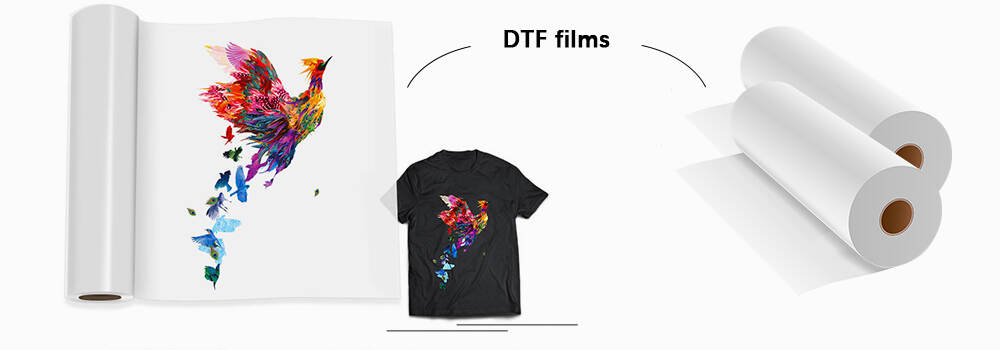
· Software
The highly recommended software used in DTF is the RIP software because it can use both the CMYK and white colors.
· Hot melt adhesive powder
This is poured into the circulation system which runs the powder to where the shaker is, and eventually to where it ends up being dried. It helps in gluing the ink, which is necessary when pressing the film to the fabric as it holds better.
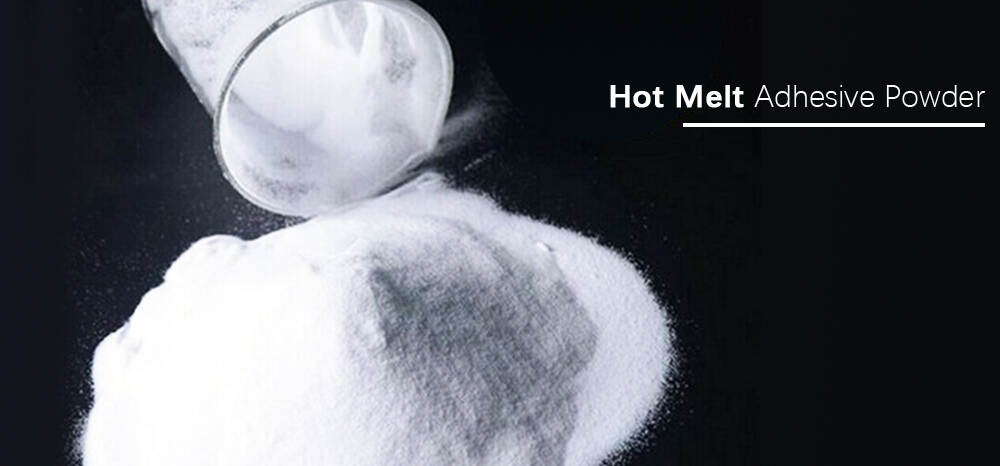
· Printing Inks
This is the talked about CMYK and White colors. It means Cyan, Magenta, Yellow and Black colors that are used in printing. The white color is important as it serves as a base layer for the multi-color.
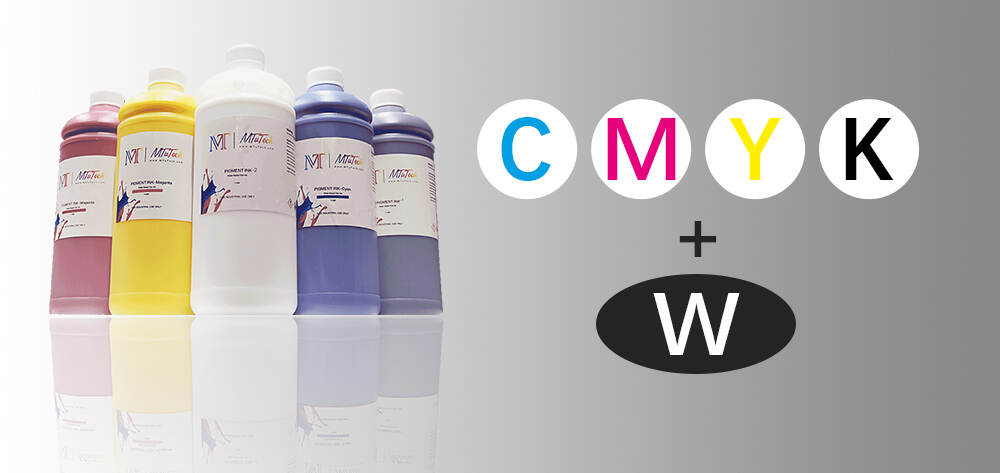
· DTF Automatic Powder Shaker
This is attached to the main DTF printer, which makes it very easy in printing as you do not have to remove the film and take it to an entirely different station, just to add powder evenly to the film and shake the excess off.
Other features are the curing oven that melts the powder from the film and the heat press machine that is used to stick the design from the transfer film to the fabric. Now that we know all the parts that make up the DTF printing process, let ‘s take a look at how the printer works.

In a quick summary, your DTF printer is going to print on a film that has a direct to textile ink coating on it. Then a powder which is the adhesion property is added to it. After which it is heated to a specific temperature. Once the temperature has been achieved, the film with the design or image is then pressed onto the shirt. You can do multiple substrates, and the best thing about this technique is that the press time is very low. Overall, about 15 seconds.
DTF printer is known for producing fantastic digital transfer sheets. And can handle varieties of printing works from a single-color shirt design label to full-size print. With the ability of the PET transfer film, which is usually transparent. So, you can see your design under the film when you heat press it on the shirt.
Step 1 – Printing the designs on the film
The first step is to insert the pet film onto the printer tray. Make sure to print the entire design in white before printing the multi-colored layer on the white. Do not forget to flip the design before printing.
Step 2 – Adding the desired colors
Add the desired colors. The printer has several print head that performs different printing action. The first head applies the colors which is a blend of CMYK color on the film. Then the second head applies the ideal amount of white under the base perfectly on top of the colors. The second print head does this in an accurate alignment to prevent the white from showing.
Remember, this alignment is done on the film sheet on the shirt. This is because the bumps on the shirt will affect the overall design. So, applying it to the film ensures that the final design is crisp with neat edges. You can’t achieve this using the traditional screen-printing process.
Step 3 – Adding the unique powder
After printing, the printer sends the film to the powder shaker unit, where a unique powder adhesive coating is added to the film evenly while it is still wet, into the loop. This powder is responsible for the infamous soft touch DTF prints always have. Ink and a thin coat of adhesive powder are the two main ingredients in direct to fabric printing.
The excess powder is therefore beaten off the film in the powder shaker machine and then it is passed to the belt drier to melt off the powder and to ensure that it is gelled to the ink.
Step 4 – High-pressure heat pressing
The next step after printing, adding powder, and shaking it off is the heat press. It is simply taking the transfer film out of the powder shaker machine and placing it on the shirt that is already on the heat press.
It should be pressed for about 10 seconds in high pressure. The hot-peel sheet is then peeled off after allowing it to cool off completely. Then a finishing sheet is placed on the shirt to further drive the ink into the fabric for 5 seconds, also in high pressure.
Once you reached this stage, congratulations! you have successfully used the DTF printing machine.
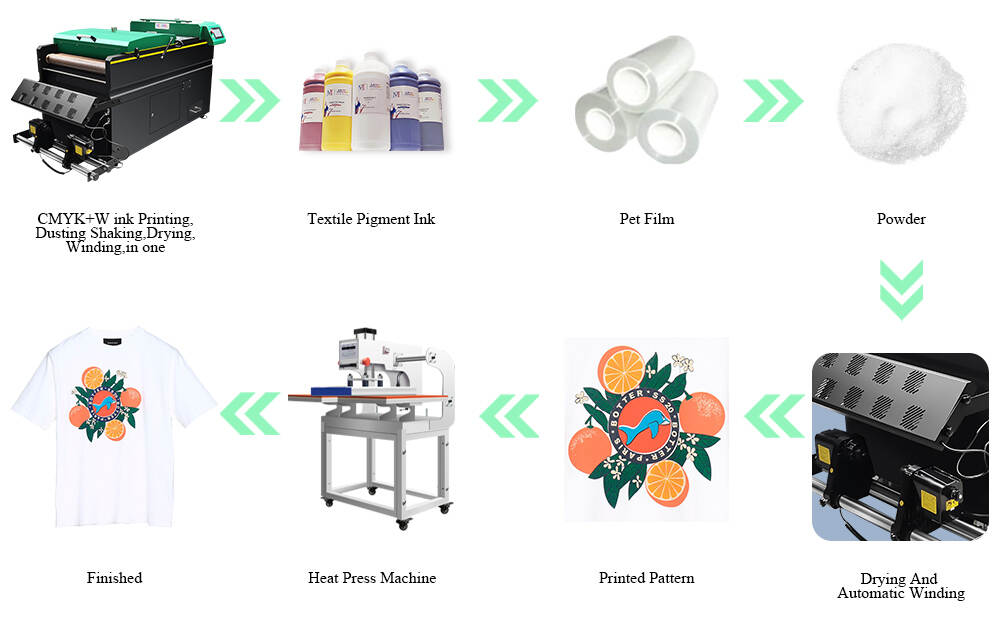

The film is to be pressed on the t-shirt for about 10 seconds in high pressure. The hot-peel sheet is then peeled off after gluing the design to the fabric, after which a finishing sheet is placed on it to further drive the glue into the garment for 5 seconds, also in high pressure at 300–350-degree Fahrenheit or 160-170 degrees Celsius.
Is the DTF Printer Automatic to Cut the Film After the Printing and Powder Shaking?
Although it isn’t confirmed that the DTF Printer can automatically cut the film after printing and shaking, it does quite several things itself like adding powder, beating the powder off the film, and drying it through the belt dryer.

One major advantage of the DTF printer is that it works with all kinds of fabrics. From polyester, silk, polyblend to cotton, you can use a DTF printer to print on it. Examples of things you can print on with DTF printing include
1. Sportswear
2. Shirts
3. Flags
4. Polos
5. Backpack
6. Sweatshirts
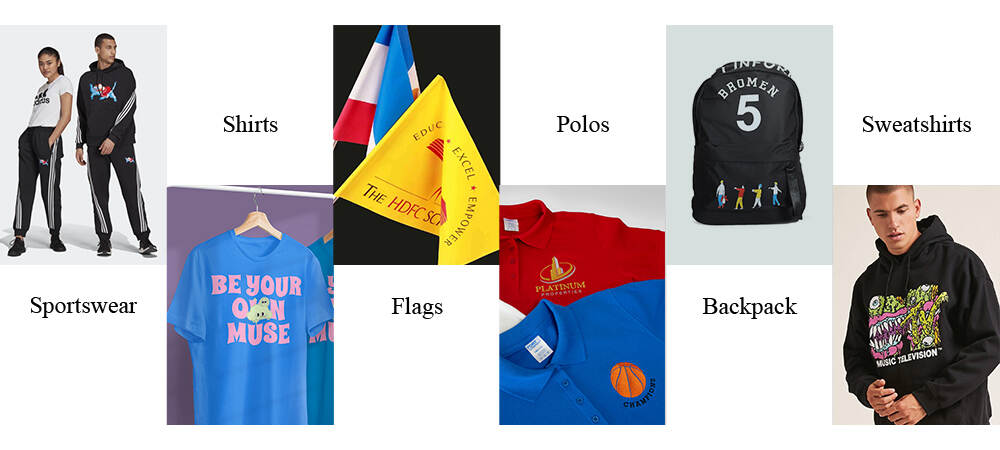

Arguably, one can say that the DTF printer helps to bypass common restrictions associated with several other printing processes. This is most especially true for the kind of fabric that it can print on. The low cost of production leading to a higher profit margin is another attractive factor of the DTF printer. We hope this article answers all your questions about how does the DTF printer work.

